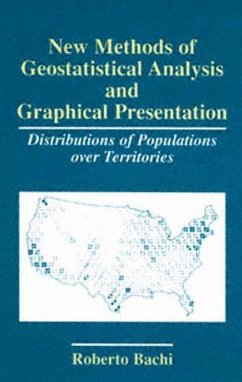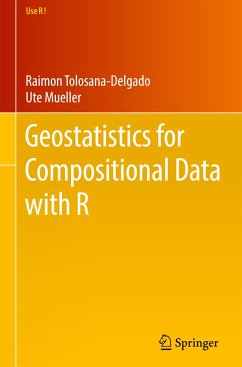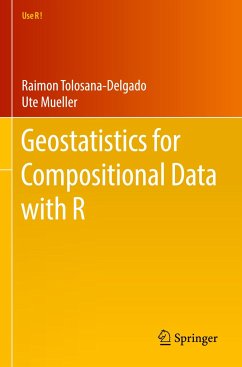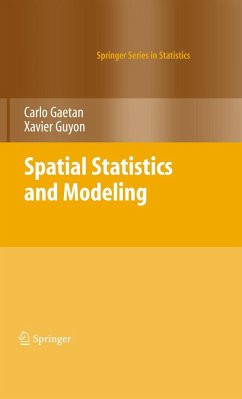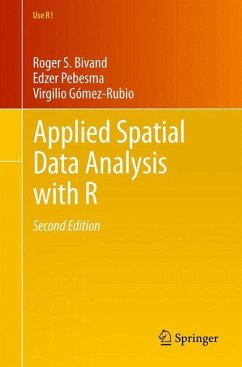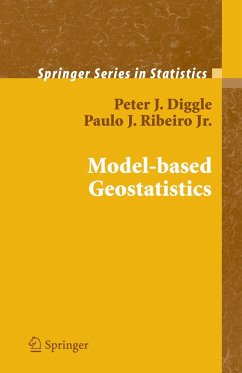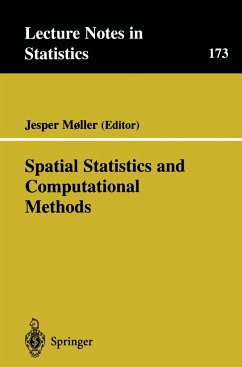
Use of geoprocessing tools
To analyze the spatial distribution of drinking water quality in the distribution network
Versandkostenfrei!
Versandfertig in 6-10 Tagen
24,99 €
inkl. MwSt.

PAYBACK Punkte
12 °P sammeln!
The aim of this study was, through the application of geostatistics, to analyze the spatial distribution of turbidity and free residual chlorine levels in drinking water distributed to the population, in order to help manage water quality control. Bibliographic research was carried out. This was followed by sampling planning, sample collection and testing, data storage and geostatistical analysis. The variographic models for interpolating the attributes were evaluated. The data indicated that the exponential model best met the criteria evaluated, so this was the model used for interpolation an...
The aim of this study was, through the application of geostatistics, to analyze the spatial distribution of turbidity and free residual chlorine levels in drinking water distributed to the population, in order to help manage water quality control. Bibliographic research was carried out. This was followed by sampling planning, sample collection and testing, data storage and geostatistical analysis. The variographic models for interpolating the attributes were evaluated. The data indicated that the exponential model best met the criteria evaluated, so this was the model used for interpolation and representation on thematic maps. In the thematic map of turbidity content, anomalous point values were observed, while in the evaluation of free residual chlorine content, there was a tendency for the content to gradually decrease. There was also greater variability in the estimate when the distance between the sampling points was greater. The results showed that geostatistics can help in the management of water quality control in the distribution network. Further studies have been suggested using the geoprocessing technique.



